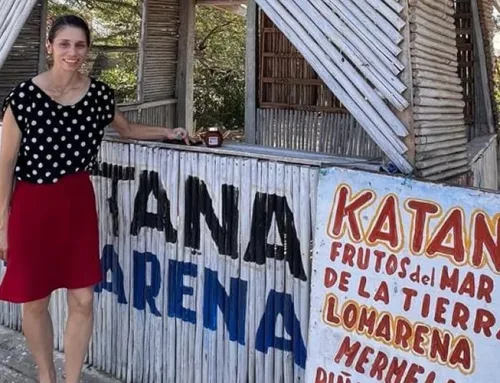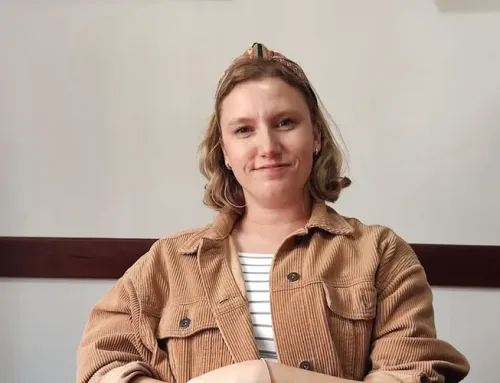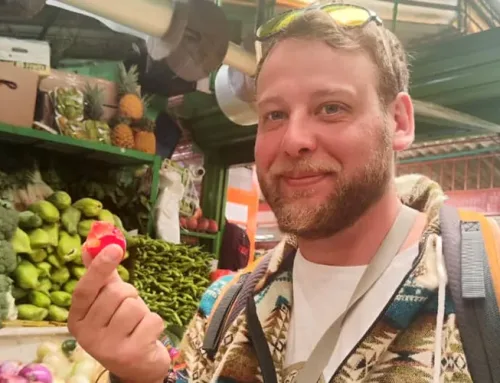
Spanish, a language enriched by its linguistic and dialectal diversity, owes its complexity to its history, geographical location and origins. As we explore this language, we will encounter various features that can sometimes be overwhelming, such as plurals, reflexive verbs, and especially gender in Spanish. On this occasion, we will delve into this last aspect: its characteristics, rules, exceptions and some tips to use it correctly. Join us!
Our language, like French, Portuguese, Arabic or Russian, is distinguished by the use of “grammatical gender”. This implies that articles (like “the”), nouns (like “car”), adjectives (like “red”), and pronouns (like “him”) can vary between feminine and masculine. For example, we will say “the car is red, but the house is red.” Likewise, we will affirm “the car is big and the house is big”, since “big” is a neutral adjective that does not change. But why?
In Spanish, the rules for gender are conventional; That is, some words are masculine, others feminine, and some are neuter, applying interchangeably to both genders. Sometimes this convention is related to the biological gender of an object, such as “horse” (masculine) and “mare” (feminine). However, in cases like “table,” feminine, the logic is not always evident, since a table has no biological gender. This phenomenon is known as concordance and is a fascinating aspect of Spanish.
The rules for identifying the gender of nouns are varied, but here we offer a summary of the most common:
- Nouns that end in -o are usually masculine, like “book.”
- Nouns that end in -a are usually feminine, like “table.”
- Nouns ending in -e can be both masculine and feminine, such as “chocolate” (masculine) and “milk” (feminine).
- Nouns that end in -aje, -or, -án, -ín are generally masculine, like “baggage” and “professor.”
- Nouns ending in -ción, -sión, -dad, -tad are generally feminine, like “information” and “happiness.”
Likewise, adjectives also vary depending on the noun they accompany, but some are neutral and do not change:
- Adjectives that end in -o change to -a when they accompany feminine nouns, such as “rojo” to “roja.”
- Adjectives that end in -e are neuter and do not change, such as “big” or “intelligent.”
- Adjectives that end in consonants are also neuter, such as “easy” or “young.”
- Adjectives that end in -a, being adjectives in their natural form, are neuter, such as “orange” or “selfish.”
In summary, Spanish, a descendant of Latin and belonging to the Romance languages, uses grammatical gender to establish a precise agreement and maintain the linguistic tradition of the group. Let's enjoy it! Or… “enjoy it”? …Will it be “the language” or “the language”? We leave you that homework ;)
the spanish school Nueva Lengua It is located in Bogotá, Cartagena, Medellín and Ibagué. Check the activities and plans Tourist what we have for you, or write to us on any of our social networks (@nuevalengua) for more information about our Spanish courses and cultural immersion in Colombia.
All the articles in this blog have been written by the teachers of our school and by students from different countries who traveled to Colombia to learn Spanish.
“You travel too and study Spanish in NUEVA LENGUA"
Follow us on our social networks:
RELATED VIDEOS
MEDELLÍN - GUADUAS





